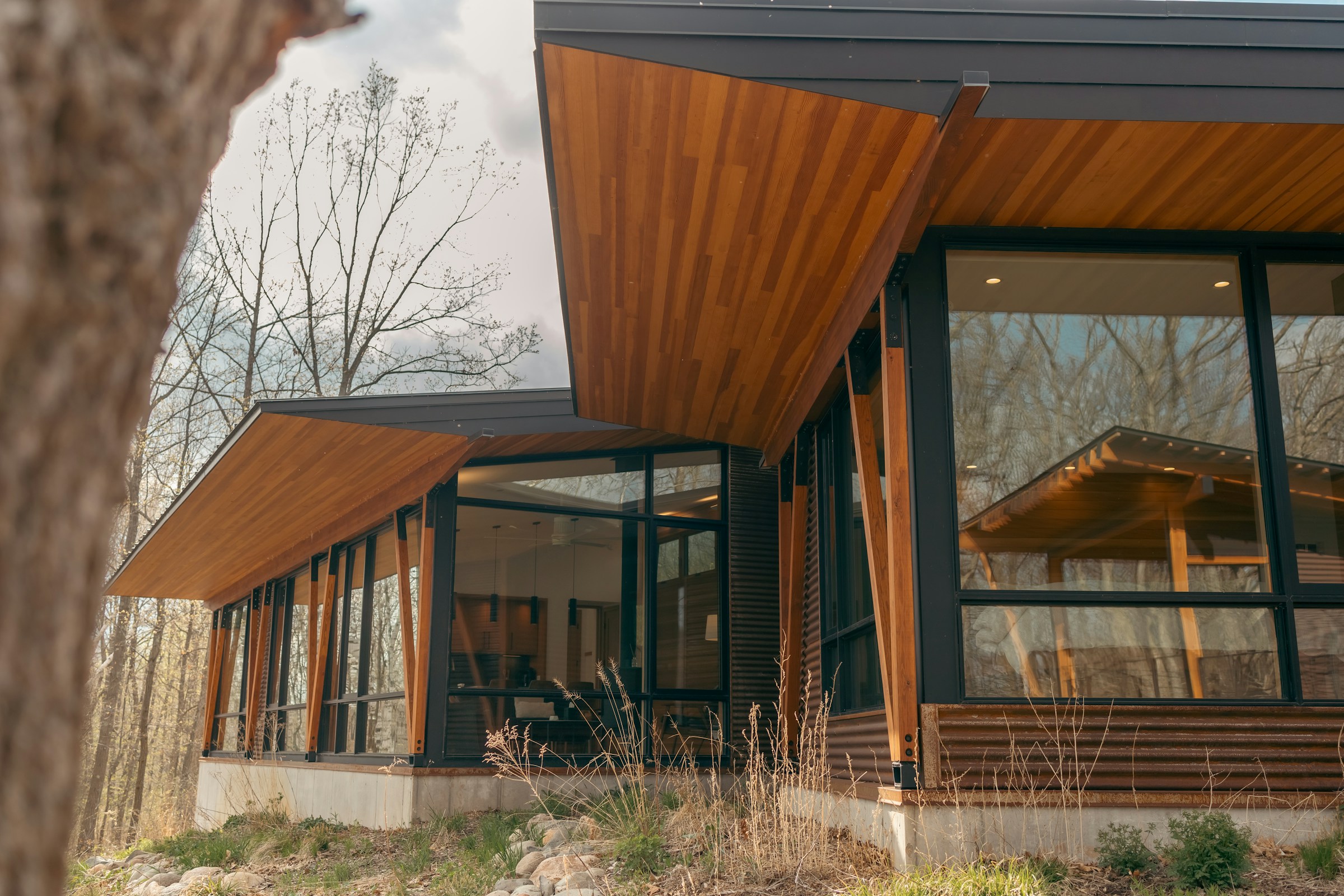Buying a home in the United States is less a single decision and more a stack of decisions that compound into a long term operating model for your household. Price is visible and loud; the rules that govern price are quieter and far more durable. The most important strategic choice is not whether to buy a condo or a detached home. It is deciding which set of constraints you want to manage for the next decade, because US homeownership is a system with multiple regulators, taxes, and hidden frictions that vary by state and even by block. Start by defining the role housing plays in your life portfolio. If this is an anchor for family stability and school access, you will optimize for predictability and commute logic. If this is a hybrid live and rent strategy, you will optimize for landlord rules, permitting, and cash flow. Only then should you look at listings.
The financing structure comes first because it drives everything else. US mortgages are unusually long dated, typically with thirty year fixed rates that turn payment into a stable annuity. That stability is powerful if your income is salaried and your horizon is long. Adjustable rate mortgages exist and can help if you expect to sell or refinance inside a defined window. The tradeoff is obvious. You gain a lower initial rate in return for future reset risk. Points, which are upfront fees to buy down the rate, can help only if you expect to hold the loan long enough for monthly savings to exceed the upfront cost. Private mortgage insurance adds another layer when your down payment is below twenty percent. It is not a penalty; it is a price for leverage. The right move is the one that matches your income durability, not your appetite for headline rate saving.
Your eligibility and pricing sit on three ratios that are easy to underweight in the excitement of a house tour. Debt to income tells a lender whether you can handle payments through volatility; a lower ratio buys flexibility later if taxes or insurance spike. Loan to value captures how much cushion you have if prices soften; a lower LTV also compels better discipline around maintenance because you own more of the risk. Reserve requirements ask how many months of payments you have in liquid form after closing; this is not a nuisance rule. It is a test of whether an unexpected roof repair or job change will cascade into distress. Treat these ratios as guardrails you set for yourself, not just thresholds to satisfy underwriting.
US housing is local by law, not only by vibe. Zoning determines what can be built around you, which is another way of saying it determines your future neighbors and traffic flow. Some municipalities tolerate accessory dwelling units and gentle density, which can improve neighborhood vitality and long term value. Others hold strict single family rules that limit supply growth and preserve a certain quiet, but can make entry prices higher and resale more sensitive to rate cycles. School district quality shapes demand far more than marketing copy. Even if you do not have children, a strong district absorbs shocks better in slow markets. Ask what boundary changes have occurred and how often they happen. Stability matters.
Property tax is not a line item you scan once and forget. It is a permanent operating expense with its own politics. States differ in how they assess value and how quickly they can raise bills. Some counties reset to market upon sale, which means your tax can jump immediately to your purchase price. Others cap annual increases until you sell or substantially remodel. Special assessments exist in certain neighborhoods to fund infrastructure; the acronym may change but the effect is simple. It adds to your carrying cost and can last for decades. Call the county assessor, ask for the current rate, the method, and any voter approved levies scheduled to step up. Build your budget around the higher plausible bill, not the best case.
Insurance is drifting from background paperwork to front line constraint. In some coastal and wildfire exposed regions, insurers have reduced new policies or raised premiums sharply. That is not a headline to fear; it is a due diligence prompt. Obtain binding quotes early, not estimates. Confirm whether you need separate flood coverage, because standard homeowner policies do not include flood by default. If the home sits in a flood zone, query historical claims and check how elevation or mitigation work changes the premium. Wind or hail deductibles can be percentages rather than fixed amounts. The number looks small until you realize it applies to the dwelling value, not the claim size. Pair insurance analysis with building basics. Roof age, electrical system type, and foundation condition are not cosmetic details; they are drivers of insurability and future cash calls.
The inspection is your best chance to turn unknowns into priced risks. A general home inspection is standard, but do not stop there if the home suggests specific vulnerabilities. Sewer line scopes reveal issues that a general walk through cannot see. Radon testing matters in some geographies. Termite inspections are routine in others. The goal is not perfection. It is clarity. With clarity, you can either negotiate, plan future work, or walk away. Without it, you inherit a stack of deferred maintenance that crowds out your other priorities.
Title work feels administrative until it is not. Title insurance does not improve the house; it protects your claim to it. In older neighborhoods or properties that have passed through multiple hands, clean records are not guaranteed. Encroachments, unpaid liens, or boundary disputes can surface years later. A careful title search and an owner’s policy convert that tail risk into a one time cost. In planned communities, homeowners association rules can be either a relief or a burden. Read them like a contract, because that is what they are. Rental caps, exterior change approvals, and fee escalation clauses can change your plan to house hack, remodel, or keep costs contained.
Liquidity is overlooked in the pride of closing. You need a post closing cash buffer that survives the furniture splurge. The first year of ownership is when the little things add up and the unknowns show up. Think of it as working capital for your home. If you burn the last of your reserves on upgrades, you reduce your flexibility to handle a job change or a surprise repair. A conservative approach is to hold several months of core expenses in cash or near cash after closing, separate from emergency funds that cover the rest of your life. This is not inefficient. It is a premium you pay to sleep better.
Location choice is not only about neighborhoods you like. It is about the daily pattern your life will repeat. Commute time compounds. Noise patterns are different at 3 p.m. than at 9 a.m. Drive the route at your actual commute hour. Visit the street in the evening and on weekends. If your plan includes aging relatives or a growing family, test the distance to hospitals, childcare, and the places that keep your week workable. These are not romantic considerations, but they are the ones that determine whether the home supports your career and relationships rather than draining them.
If you are purchasing as an international buyer or a recent arrival, the rules add another layer. You can buy property without being a citizen, but your financing options and down payment expectations may differ. Lenders will ask for US credit history, income documentation, and sometimes larger reserves. Tax reporting and estate planning are more complex when assets sit across borders. If this is your situation, involve a cross border accountant early so that ownership structure and future rental plans do not create avoidable friction.
Negotiation approach should match market temperature. In a hot micro market with limited supply, clean offers with fewer contingencies can help, but that only makes sense when your due diligence is already strong and your budget can absorb surprises. In a calmer market, you have space to ask for credits at closing or for the seller to complete specific repairs discovered during inspection. Appraisal gaps can appear when prices move faster than comparable sales. If you plan to cover a gap, treat that cash as part of your effective down payment and confirm that you still meet your reserve target after doing so.
Think of closing costs as a second price that rides along with the first. Origination fees, title and escrow charges, transfer taxes in certain cities or states, and prepaid items for taxes and insurance can easily add a few percentage points to your cash outlay. The exact mix varies by jurisdiction. Your lender and closing agent can produce a good faith estimate that is close to final. The timing of your closing date shifts prepaid interest and can matter if you are optimizing cash flow in the first month. This is not a place to shave pennies; it is where you eliminate surprises.
Finally, be honest about your capacity and appetite for stewardship. A newer build with a modern roof and systems may carry a higher purchase price but lower maintenance for the first several years. An older home with charm and a lower entry price may require a steady cadence of projects. Neither is better in the abstract. The better choice is the one that matches your time, skills, and budget for ongoing work. If you do not want to run a renovation, do not buy a renovation. If you enjoy the process and have a contractor you trust, the equity you create through smart upgrades can be meaningful. Match the asset to your operating style.
The question what to consider when buying a house in the US sounds universal. The real answer is personal and local. You are choosing a mortgage structure that fits your income, a tax regime that evolves with politics, an insurance profile that responds to climate realities, and a micro market shaped by schools, zoning, and commute. You are also choosing how much liquidity you keep and what risks you prefer to own. Get those choices right and the neighborhood search gets simpler. A house is not just shelter or status. It is a system you will run every day. Choose the system that lets the rest of your life run well.




.jpg&w=3840&q=75)










